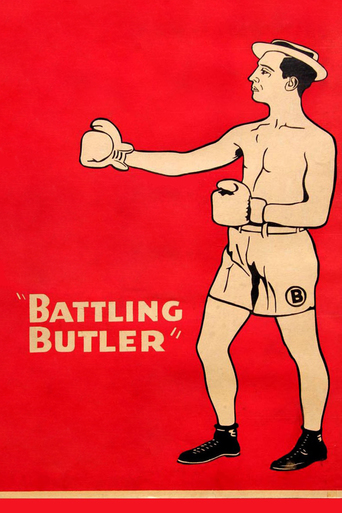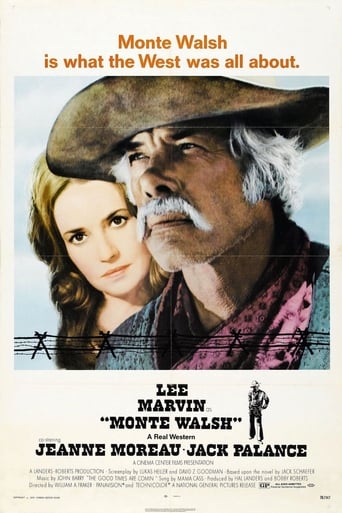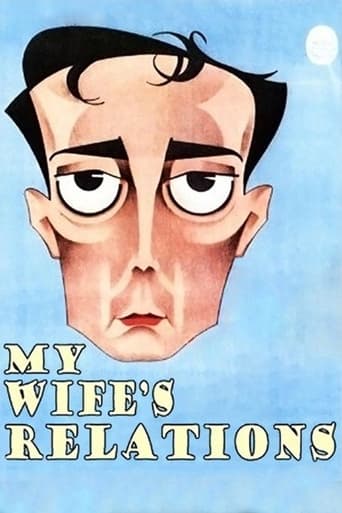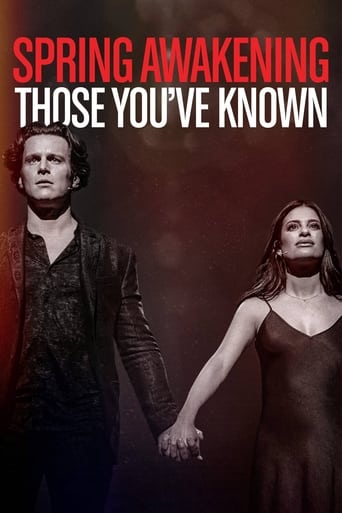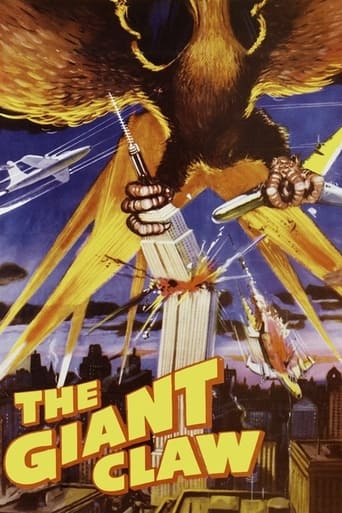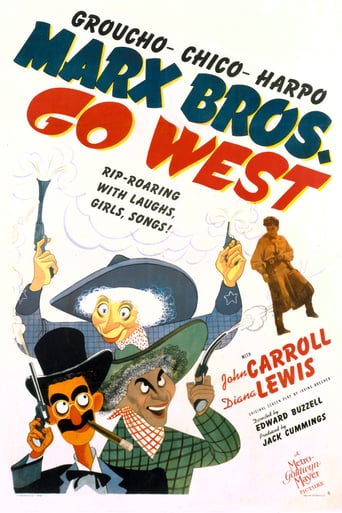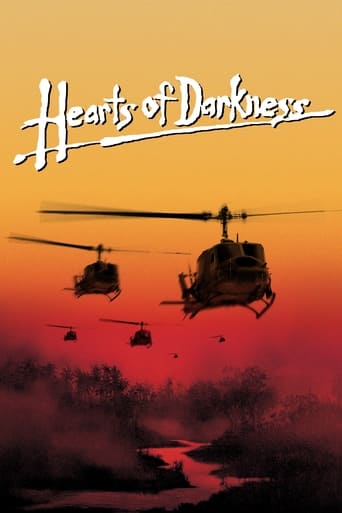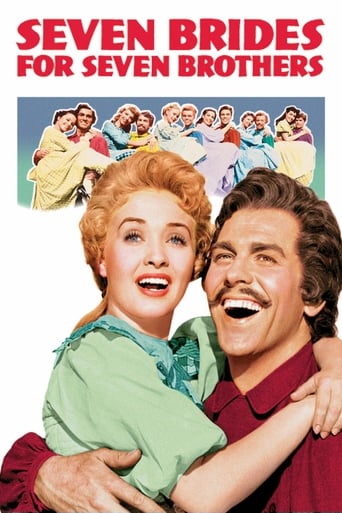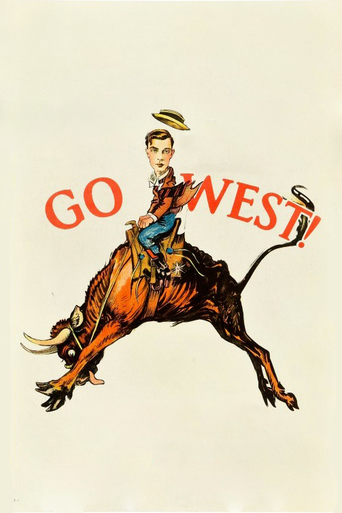


Go West
With little luck at keeping a job in the city a New Yorker tries work in the country and eventually finds his way leading a herd of cattle to the West Coast.
-
- Cast:
- Buster Keaton , Howard Truesdale , Kathleen Myers , Roscoe Arbuckle , Joe Keaton , Gus Leonard , Babe London


Reviews
Very disappointing...
Good concept, poorly executed.
Pretty good movie overall. First half was nothing special but it got better as it went along.
The film never slows down or bores, plunging from one harrowing sequence to the next.
Buster Keaton's comedies seem to hold their value with film lovers precisely because the man steps away from sentiment in his movies like it was another falling house front. So I suppose one has to credit his willingness to work away from his comfort zone when he took on the notion of playing the audience's heartstrings so directly as he does here.The sentimental stuff plays very well; it's actually the crux of "Go West's" enjoyment and lasting success. Here, it is the comedy, particularly the physical comedy that was Keaton's stock-in-trade, that seems rushed and suspect.Keaton's character, called "Friendless" in the opening credits, is a poor and lonely Indianian at odds with life. "Some people travel through life making friends where ever {sic} they go," the opening card tells us, "while others just travel through life."Friendless seems on such a journey when fate lands him on a ranch where the fair-if-unsentimental owner (Howard Truesdale) readies his herd of cows for market. Friendless drifts about aimlessly, not sure how to ride a mule or get a bull into a pen, but finds his way after helping a cow named Brown Eyes who has a rock caught in her hoof. She looks after him in turn. Soon the two are inseparable, but then the slaughterhouse beckons, and Friendless must find a way to save his new pal.If you are trying to go veggie or just kick a cheeseburger habit, "Go West" is a film for you. Brown Eyes proves a perfect film companion for the Great Stone Face, having an arrestingly blank visage herself and a similar ability to be at the right place at the right time. While Buster himself is endearingly gormless, introducing himself to the ranch owner with the line: "Do you need any cowboys today?", Brown Eyes looks after him in clever ways, like moving her body in front of a bull charging at an unaware Buster's upturned butt. They are a fun pair.The comedy in this film is what leaves me less won over. I want to like this film, but the gags are too strained and frenetic for classic Keaton work. One New York sidewalk scene early on shows Friendless being run over by a stampeding throng, for no apparent reason except to give audiences some expected laughs. On a train going west, Buster hides in a barrel for some reason, and rolls down a sandbank to no real purpose except to move on to the next scene.One early ranch episode where Buster tries to milk a cow by putting a pail under her and waiting for the milk to pour out was the movie's biggest laugh-getter according to a 1925 New York Times review by Mordaunt Hall. Today, it's hard to imagine such a reaction to a long shot of Friendless adopting a "Thinker" pose while waiting for that milk.The big rally at the end of the film has Friendless leading a herd of cattle through Los Angeles, while people in the crowd react as if under zombie attack. It is forced and overbaked stuff, even if the payoff at the end manages to be quite nifty. Much better are other bits that sprinkle the movie, especially the final exchange between Friendless and the rancher that makes for "Go West's" big takeaway moment, and proof director Keaton's huge investment in the Brown Eyes storyline was worth his atypically sentimental approach.In the end, you get a decent story, some fun moments, and a rare chance to see Buster playing against his stiff on-screen persona to good comic effect. You don't have to be Chaplin to make sentiment work in comedy. Still, when it's over, you are glad it's an experiment Keaton never tried again.
Though 'Go West (1925)' does not contain much of the technical wizardry and daredevil stunt-work that makes Busters Keaton's films so amazingly entertaining, it does contain a massive amount of heart, and that's just a different reason to watch it. Written and directed by Keaton himself (with writing assistance from Lex Neal and a scenario by Raymond Cannon), the film focuses on the cowboy exploits of a young, friendless man who finds the hustle-and-bustle of the city too much for him, and so ships out west in search of a new life. Though Keaton knowingly sets up the film to be a story of budding romance between himself and a beautiful girl (Kathleen Myers), it is here that tale takes a unique turn. While on the cattle ranch, Keaton falls in love with an adorable young cow named Brown Eyes, who affectionately follows him around wherever he goes. While human friendships have offered him little, in Brown Eyes Keaton finds a companion for life, and he tries everything in his attempts to stop the cow from being slaughtered.The final twenty minutes of the film contains one of Keaton's most ambitious set-pieces {and this certainly says a lot}, as he releases 1000 cattle to stampede through the streets of Los Angeles. Though some of the gags do go a bit over-the-top, there is an incredible energy in the sequence in which Keaton dressed in a red devil suit to attract the cows' attention sprints feverishly down the busy road, hundreds of bovine in tow, and an entire squad of panicked policemen clutching at his costume's dragging tail. The film's final joke is a classic one: the thankful ranch owner (Howard Truesdale) offers Keaton absolutely anything he wants in return for delivering the cattle and averting financial ruin. Keaton meekly declares "I want her," and casts his finger backwards in the direction of the man's pretty daughter. We are momentarily shocked at our hero's unexpected arrogance, but then Keaton plods off behind a wall and returns with Brown Eyes on a leash, and we understand that it had all been an amusing misunderstanding. Thus ends the most unusual love story of the silent era.
There is a fundamental disagreement about Go West, between those who see it as Keaton's only sentimental movie, and those who think Buster is satirizing sentimentality. I'm in the latter group. Keaton's satire is so subtle, and so devoid of meanness, that people easily miss itbut I'm convinced he's playing the whole opening sequence with tongue firmly in cheek. His character, "Friendless," is just a shade too pathetic to take seriously; even a dog turns away coldly when he tries to pat it. Buster is not appealing for pity here, he's getting in a gentle dig at other performers (particularly, perhaps, one whose initials were C.C.) who did.In a later scene, mooning over a girl who won't give him the time of day, Buster leans wistfully against the edge of a well. His elbow knocks the bucket into the well, the rope unspools and the handle, spinning, clunks him smartly on the head. Don't feel sorry for me, he is saying: laugh at me. Buster's screen character is a stoic (as he was off-screen), and his sense of humor is part of his stoicism. His insistence on seeing the comedy even in painful and humiliating situations is the inexhaustible source of his dignity.Buster had a natural rapport with animals. He shares their mute patience: "They do not sweat and whine about their condition," as Walt Whitman wrote, and neither did he. The heart of Go West is the touchingthough faintly ridiculousfriendship between Friendless and Brown Eyes, a pretty little Holstein cow who is ostracized by other cows on the ranch where Friendless works as a hand. Buster trained Brown Eyes himself, and she follows him around with endearing, dopey devotion. In one of the film's best sight gags, he ties a pair of antlers on her head so that she can defend herself against horned steer. She looks like a seriously overweight reindeer. The plot is driven by Friendless's efforts to save Brown Eyes from being sent to the slaughterhouse with the rest of the cattle, and to save his employer from financial ruin. He shows some interest in his employer's attractive daughter, but not a whole lot; poor Kathleen Myers is left with little to do, and looks a bit miffed at playing second fiddle to a cow.Go West is easily Keaton's oddest film, and it's not entirely successful. There's a limit to how much comedy you can get out of cows. Where Buster got the idea of making a movie that centers around cattle I don't know (though I do think "Brown Eyes" is a joke about the devoted, cow-eyed leading ladies featured by some other comedians.) But once he got an idea, Buster always explored it thoroughly and carried it as far as it would go. He dreamed up a promising finale: a herd of cattle turned loose in the streets of Los Angeles. Unfortunately, as he himself later said, it didn't work out as planned. There's an enjoyable zaniness and surrealism to the spectacle, but it's all a little overplayed, Mack Sennett style, which is uncharacteristic for a Keaton movie. Even more atypically, he fakes the final stampede by speeding up the film: it just wasn't possible to get the cows moving fast enough to provide a satisfying final chase.The earlier part of Go West, however, contains a number of beautifully Keatonesque moments: his attempt to adopt a bowlegged walk to look like an old cowboy, the elegantly summarized sequence where he rides the rails, the perfect timing of the supper table scenes, in which Buster repeatedly arrives just as everyone is leaving, then finally "turns the tables." Just hired at the ranch, Buster is handed a pail and stool and told to milk a cow. He approaches the cow, places the pail under her udders, sits down a discreet yard away and waits for the cow to do her thing. When nothing happens, he takes the pail and shows it to the cow, in case she didn't notice it was there, puts it back and keeps waiting patiently. Playing it straight, never italicizing his jokes, finding comedy in stillness and in not reacting, a comedy of negative spaces, is the essence of Keaton's style. He never "milks" his gagsnot even this one.In my favorite scene, Buster pokes fun at his own "stone face" persona. He's playing cards with a couple of tough cowboys and accuses one of cheating. The cowboy pulls out his six-gun, levels it at Buster, and orders, "When you say thatSMILE." Buster's reaction is one of his subtlest and most ineffably hilarious close-ups. He pauses; he pondersnot whether to smile, but how to get out of the jam since he CAN'T smile. He tries out the Lillian Gish, Broken Blossoms bit of pushing the corners of his mouth up with his fingers. Not good enough. He sighs. Then a crafty determination creeps into his eyes. He insinuates his pinky behind the cowboy's trigger finger, and with all his strength keeps him from squeezing the trigger while he pulls out his own tiny gun (which, for convenience, he has attached to a string like a child's mitten) and makes the guy back down. Not smiling is a matter of life and death.
If you have never seen a Buster Keaton film, I don't recommend you see this one--as it may fail to impress you. While it's a decent film, STEAMBOAT BILL, JR. and THE GENERAL are better Keaton efforts.First, I should mention I saw this videotape as marketed by KINO VIDEO. While the print in this case is great for a silent-era film, I was surprised that I hated the sound track so much. I'm not sure if it was originally intended for this movie--if it was, don't blame KINO. However, I doubt this because the tracks are Jazz and I can't see why anyone would pair this with a modern cowboy flick! Also, towards the end and on the accompanying Keaton shorts, there is significant slowdown--producing a very muddled sound track and choppy action.The movie itself is cute. Keaton goes west for excitement and along the way he meets and falls in love with a cow--no, it's NOT that sort of love, but more like the love of a boy and his dog. A decent film but a bit slow and not as full of humor as some of his other films.

